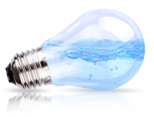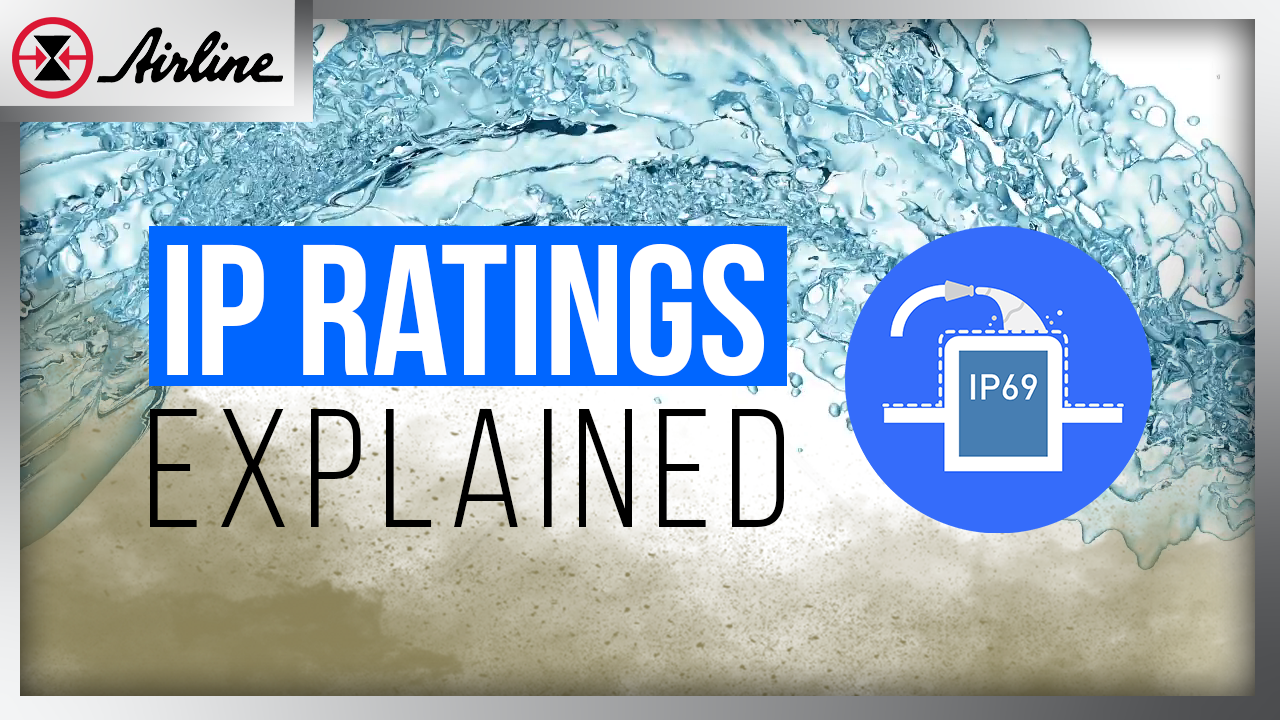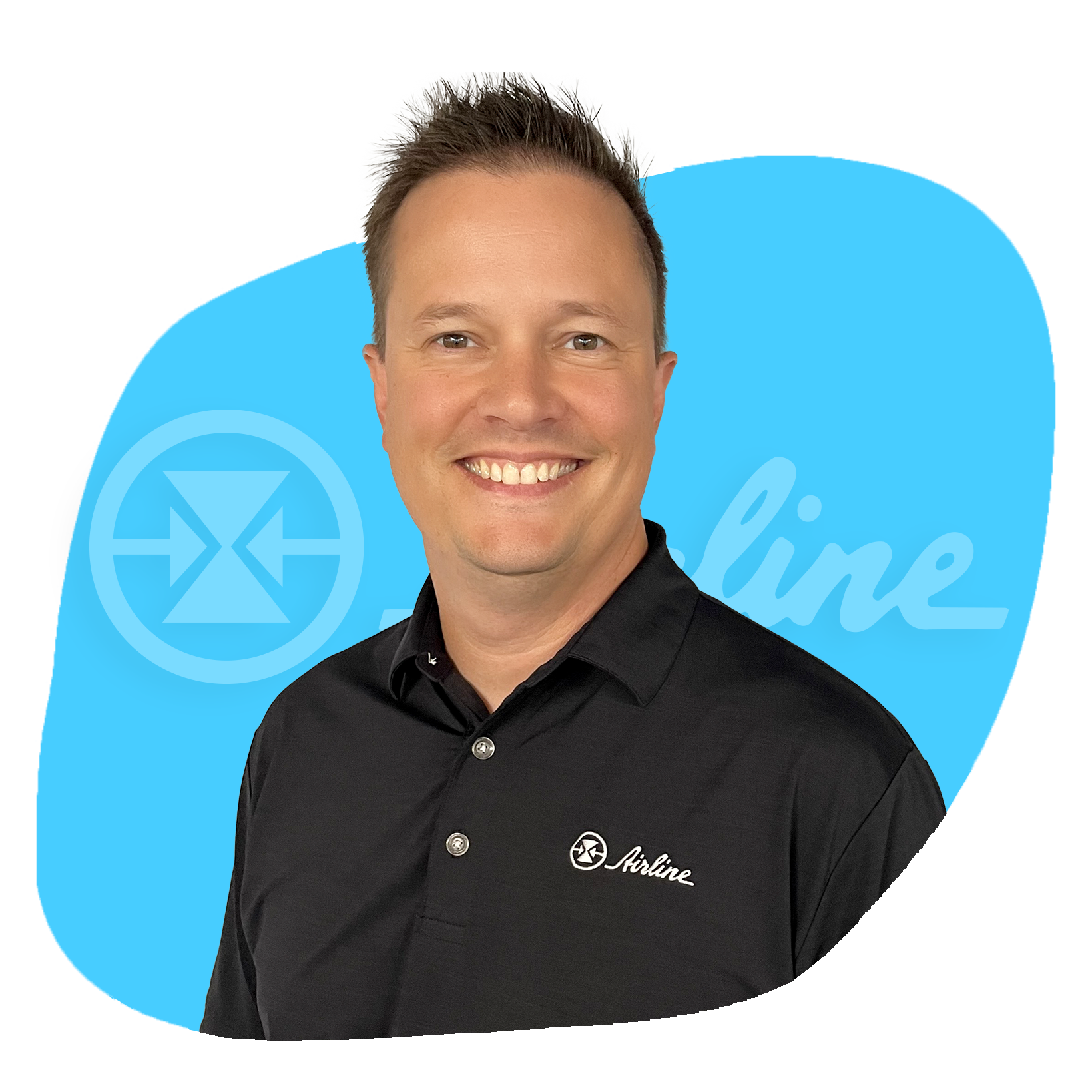Editor's note: This post has been updated in June 2025 for comprehensiveness.
IP ratings are specified so operators can be confident in an electrical product's ability to perform in specific environments and applications. Unlike vague marketing terms like “waterproof," or “dust resistant," which do not clearly define how well an item resists moisture or dirt, an IP rating such as IP65K or an IP67 provides a precise, standardized explanation of how well an enclosure or device protects against solids and liquids. But what do those numbers really mean? Which one do you need? And do higher numbers always indicate better protection? Not necessarily.
The list of IP ratings is extensive and can be confusing to remember, especially when comparing common types. What many people don’t realize is that each IP rating is tied to a specific laboratory test, and different ratings apply to very different conditions: dust exposure, pressurized water jets, or submersion in still water, for example.
In this guide, we break down the full IP rating system, explain when each rating matters, and help you confidently match your application to the right level, and type, of protection.
Skip to a section:
What Are IP Ratings? | How to Interpret an IP Rating | Applications | Common IP Rating Examples |
IP Ratings Reference Chart | Summary & Resources
Want a printable version of this chart?
Download the Free PDF
What Are IP Ratings?
 The International Electrotechnical Commission, or IEC, developed Ingress Protection Ratings, or IP ratings, to rate the resistance an object has against the intrusion of foreign bodies and moisture. IP ratings help users know how protected an electrical item is from dust, water, and other foreign bodies that cause deterioration or malfunctions in the device,
The International Electrotechnical Commission, or IEC, developed Ingress Protection Ratings, or IP ratings, to rate the resistance an object has against the intrusion of foreign bodies and moisture. IP ratings help users know how protected an electrical item is from dust, water, and other foreign bodies that cause deterioration or malfunctions in the device,
IP ratings are widely used throughout most industries and are especially important to companies working in harsh environments with a high level of dust and debris, or in washdown applications like food, beverage, packaging, and other industries. These ratings are also vital in the selection of electrical products for outdoor use, such as lighting fixtures and outdoor power outlets.
IP ratings consist of the letters "IP" followed by a two-digit code (e.g., IP67). The first digit indicates protection against solids like dust; the second digit refers to protection against moisture.
How Do Products Get an IP Rating?
To obtain an ingress protection rating, a company must undergo Ingress Protection Testing by an independent, certified party. The company first determines which IP rating it wishes to obtain for a particular product, and then the independent party performs a series of tests to give the proper IP rating. The party conducting the testing will charge for their services, and in many cases, the cost is ultimately passed to consumers with the product's final price point. Though consumers may pay more up-front, they usually benefit from long-term savings by avoiding frequent repairs and product replacement.
How to Interpret an IP Rating
IP ratings consist of the letters "IP" followed by a two-digit code. Each digit of the code represents the item's protection range. The first number denotes foreign body ingress protection; the second number denotes moisture.
Understanding a Common Misconception about IP Ratings
Each digit in an IP rating represents a distinct test, and higher numbers do not always mean better protection across the board. For example, IP67 and IP68 are specifically designed for immersion in still water, not for high-pressure water sprays. Meanwhile, IP65 and IP66 are better suited for protection against spraying or jetting water. Because each rating is based on different test conditions, you cannot assume that a higher number means broader or more severe protection in all scenarios. It’s critical to choose the IP rating that matches the specific environmental hazards your application will encounter, whether that’s dust, spray, immersion, or high-temperature cleaning. |
The First Digit: Protection Against Solids

The first number of an IP code defines the protection an item has against solid objects. This includes tools or fingers that could be hazardous if they came into contact with conductors or moving parts, as well as airborne dirt and dust that could damage circuitry.
| Level | Ingress Limit | Effective Against |
| 0 | No protection against contact and ingress of objects | |
| 1 | >50 mm | Any large surface of the body, such as the back of a hand, but no protection against deliberate contact with a body part. |
| 2 | >12.55 mm | Fingers or similar objects. |
| 3 | >2.5 mm | Tools, thick wires, etc. |
| 4 | >1 mm | Most wires, slender screws, large ants, etc. |
| 5 | Dust protected | Ingress of dust is not entirely prevented, but it must not enter in sufficient quantity to interfere with the satisfactory operation of the equipment. |
| 6 | Dust-tight | No ingress of dust, complete protection against contact (dust-tight). A vacuum must be applied. Test duration of up to 8 hours based on airflow. |
The Second Digit: Protection Against Liquids

The second number of an ingress protection rating defines the equipment's protection against various forms of moisture (drips, sprays, submersion, etc).
| Level | Ingress Limit | Effective Against |
| 0 | No protection against liquids/moisture | |
| 1 | Dripping water | Dripping water (vertically falling drops) shall have no harmful effect on the object when mounted in an upright position onto a turntable and rotated at 1 RPM. |
| 2 | Dripping water when tilted at 15° | Vertically dripping water shall have no harmful effect when the object is tilted at an angle of 15° from its normal position. |
| 3 | Spraying water | Water falling as a spray at any angle up to 60° from the vertical shall have no harmful effect, utilizing either: a) an oscillating fixture or b) A spray nozzle with a counterbalanced shield. |
| 4 | Splashing of water | Water splashing against the object from any direction shall have no harmful effect, utilizing either: a) an oscillating fixture or b) A spray nozzle with no shield. |
| 5 | Water jets | Water projected by a nozzle (6.3 mm) against the object from any direction shall have no harmful effects. |
| 6 | Powerful water jets |
Water projected in powerful jets (12.5 mm nozzle) against the object from any direction shall have no harmful effects. |
| 6K | Powerful water jets with increased pressure | Water projected in powerful jets (6.3 mm nozzle) against the object from any direction, under elevated pressure, shall have no harmful effects. |
| 7 | Immersion, 1 m or more depth | Ingress of water in harmful quantity shall not be possible when the object is immersed in water under defined conditions of pressure and time (up to 1 m of submersion). |
| 8 |
Immersion, 1 m or more depth |
The equipment is suitable for continuous immersion in water under conditions that shall be specified by the manufacturer. However, with certain types of equipment, it can mean that water can enter but only in such a manner that it produces no harmful effects. |
| 9K | Powerful high-temperature water jets | Protected against close-range high pressure, high-temperature spray downs. |
|
| Letter | Meaning |
| F | Oil resistant |
| H | High voltage device |
| M | Device moving during water test |
| S | Device standing still during water test |
| W | Weather conditions |
What Applications Require Higher IP Ratings?
Dusty Environments
Some packaging environments for products like snacks or coffee create particulate that wreaks havoc on machinery. Dust easily penetrates improperly sealed enclosures, so a solid IP rating of at least 5 - 6 should be considered for this type of environment. Waterproofing is not as important, so the liquid IP rating does not have to be as high.
Wet Environments
In many food packaging applications, protection from liquids like water and cleaning solutions are vital. Packaging machines for products like cheese, meat, or candy need to be cleaned regularly, and exposed components must be rated to withstand a company's strict washdown process. Therefore, a liquid IP rating of at least 5 - 8, or even 9K for harsh washdown procedures. (note: IP67 and IP68 are not ideal for spray-down environments)
Dusty & Wet Environments
Some packaging environments are both dusty and require harsh washdown procedures. In these circumstances, a total IP rating of at least 55 - 68 should be considered - possibly 69K for harsher steam-cleaning procedures. This covers environments that need protection from dust and water jets, up to environments that need total dust-proofing and immersion in water.
Outdoor Use
Outdoor use almost always requires the highest possible level of protection to keep contaminants from penetrating your equipment. Dust-tight enclosures with an IP68 are recommended for outdoor environments. The second digit should be at least 5 for a water-resistant product, but if the enclosure is not exposed to washdowns or rain, then the second digit can be lower.
 |
|
Common IP Rating Examples
What is IP69K?
It's the creme-de-la-creme when it comes to IP ratings, as it's the highest an item can receive. The IP69K rating was added by the IEC for applications that need devices to be routinely exposed to high-pressure and/or high-temperature washdowns. Before, the highest rating was IP68, which was sometimes found to be insufficient for harsh wash-downs. For this reason, a special rating was created by ISO to test the most intensive forms of cleaning, and the IP Ratings Code has since adopted this degree of protection and labeled it IP69K.
IP69K offers the highest protection against dust and water ingress. To achieve this rating, an item has to go through rigorous testing, including:
- Close distance spray: 10-15 cm
- Very hot water: 80°C/176°F
- High pressure: 1160-1450 psi
- Turntable rotation: 5 rpm
Only if the device passes all items of this test can it be considered IP69K and be confidently used in harsh environments with high pressure and steam cleaning.
What is IP67?
An IP67 rating means the item is 100 % protected against solid objects like dust and sand and has been tested to function for at least 30 minutes while submerged in still water between 15 cm and 1 m. Because of that immersion focus, IP67 products are common in connectivity and outdoor electronics where brief submersion is a risk..
| Outlier Alert: IP67 & IP68 IP67 and IP68 are often misunderstood. These ratings apply only to immersion in still water (15 cm – 1 m for IP67; depths specified by the manufacturer for IP68) and do not cover spraying, jetting, or wash-down conditions. In fact, a device rated IP66 (powerful water jets) can withstand harsh wash-downs better than an IP67 or IP68 device. Always match your application to the specific test behind the rating, not just the number. |
What is IP65?
An IP65-rated item is protected against multi-directional, low-pressure water jets. In order to pass required testing, an item must be able to withstand water projected by a 0.25-inch nozzle for a minimum of fifteen minutes, with the water source placed three yards from the item. The water pressure must also be 30 kPa with a water volume of 3.3 gallons per minute.
What If There's an X in the IP Rating?
Sometimes, an IP rating's number is replaced by X. This indicates that the enclosure is not rated for that specification. In most cases, it would be safest to replace the X with a zero, assuming it has no ingress protection rating. Although this assumption may not be valid, it's better to be safe than sorry.
"IPX5," for example, means there is no defined protection from solid objects but protection against low-pressure water jets. At the same time, "IP5X" denotes partial protection from dust but no rated protection from moisture.
IP Ratings Reference Chart
Here's a chart of all IP Ratings and their definitions organized in an easy-reference guide.
Need Help Choosing an IP-Rated Product?
I hope this article de-mystified IP ratings, their meaning, configuration, and when they truly matter to your application. If you need any assistance with selecting IP-rated products for your application, don't hesitate to contact us, and we can help provide the best solution.
Related Articles & Resources
Get Expert Guidance - Contact Us Today!
Explore Our Top IP-Rated Components
Explore More Explainer Articles
Explore More Electrical Articles









Leave Comment